Bitcoin and Bitcoin Cash both come from the same blockchain. But in 2017, a major disagreement caused a split. It was not only about software change. It was about the purpose of Bitcoin itself.
Today, we are going to highlight what caused the fork and why Bitcoin now exists in two different forms.
The background of the fork
By 2016, Bitcoin experienced a significant load. It had grown fast, but the network couldn’t keep up. Bitcoin’s block size was limited to 1MB. It allowed only about seven transactions per second.
As demand increased, the system slowed down. Fees became expensive. Sometimes people had to wait hours for a transaction to go through.
It led to a split in the community.
One group, nicknamed the “Big blockers”, wanted to raise the block size. They said bigger blocks could process more transactions and bring costs down.
The other group, the “Small blockers”, disagreed. They focused on keeping the system decentralized. They supported tools like Segregated Witness (SegWit) and the Lightning Network. These tools kept the base chain small and pushed some activity off-chain.
They were convinced that large blocks would push out smaller miners and shift control to big players.
The fork in 2017
In 2017, Bitcoin activated SegWit. Some developers and miners were not happy. They said SegWit didn’t solve the real problem.
On August 1, 2017, this group launched a hard fork. That’s when a new version of the software creates rules that break from the old chain. From that moment, the chain split in two.
That event was the start of Bitcoin Cash (BCH).
Everyone who owned Bitcoin at block 478558 received the same amount in Bitcoin Cash. The two coins share the same history up to that point but follow different paths now.
Two different goals of two coins
Bitcoin stayed on its original purpose. Its supporters saw it as a digital form of gold. They wanted it to be secure and resistant to change. For them, long-term value was more important than speed or low fees.
Bitcoin Cash followed a different vision. It focused on being digital cash. The block size increased to 8MB, and later to 32MB. It allowed BCH to process more transactions at lower cost.
Bitcoin handles about 7 transactions per second. Bitcoin Cash can handle over 100. However, both Bitcoin and Bitcoin Cash are used as a cryptocurrency payment option.
BTC developers continued to focus on layer 2 solutions, like the Lightning Network. These work on top of the main chain and help reduce traffic. Updates on BTC move slowly. The community is careful about making changes.
BCH developers pushed for faster on-chain scaling. They did not support SegWit. Instead, they focused on ease of use and low-cost payments.
Supporters on both sides believed they were staying true to Bitcoin’s original mission.
Life after the fork
Bitcoin kept its position as a valuable cryptocurrency. It attracted large investors and became known as a hedge against inflation.
Bitcoin Cash built a smaller, but active, user base. Its low fees and quick payments made it useful for daily spending. Some merchants started accepting it. Many cryptocurrency payment processors now support both Bitcoin and Bitcoin Cash to reach more users. An example of such providers is CoinsPaid.
The fork also showed something important: when people in crypto can’t agree, they don’t always wait. They can just go their own way.
Why it still matters
The 2017 split was a sign of real differences, in how to scale and what Bitcoin should be.
Bitcoin and Bitcoin Cash each reflect a different goal. BTC aims to store value. BCH focuses on moving it quickly and cheaply.
They share a history, but their futures are separate. The fork ended one chapter, but the debate continues, on-chain, in code, and in vision.

 2 hours ago
2
2 hours ago
2


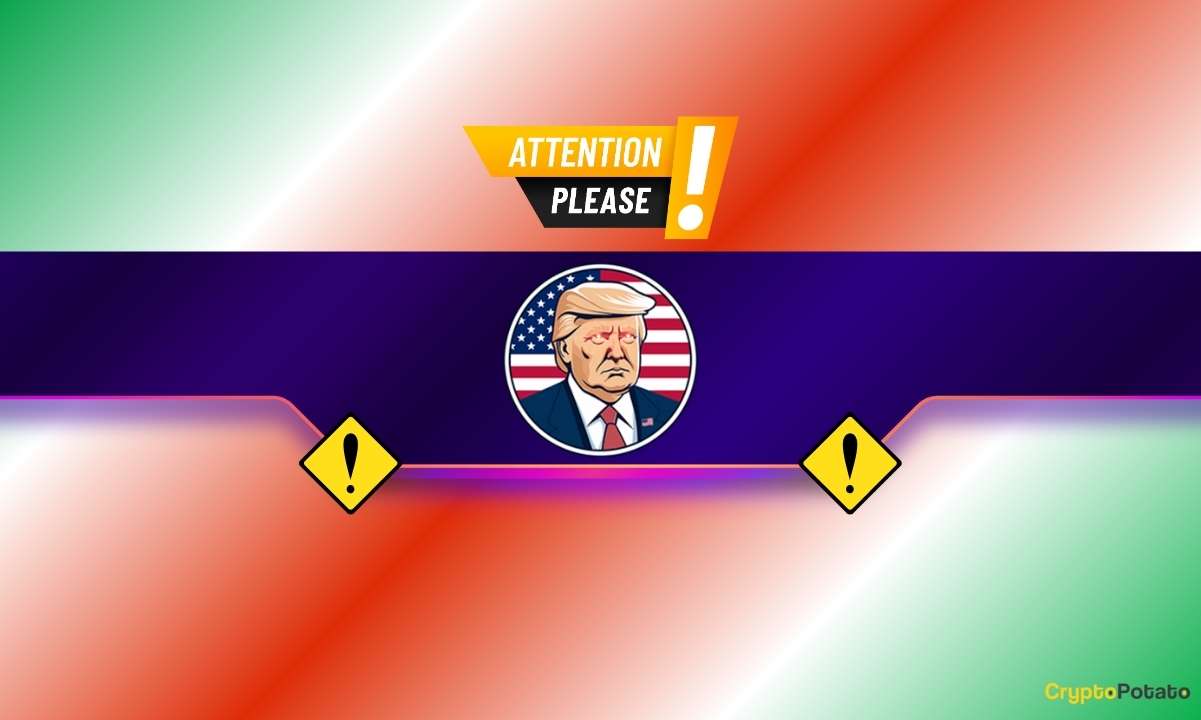

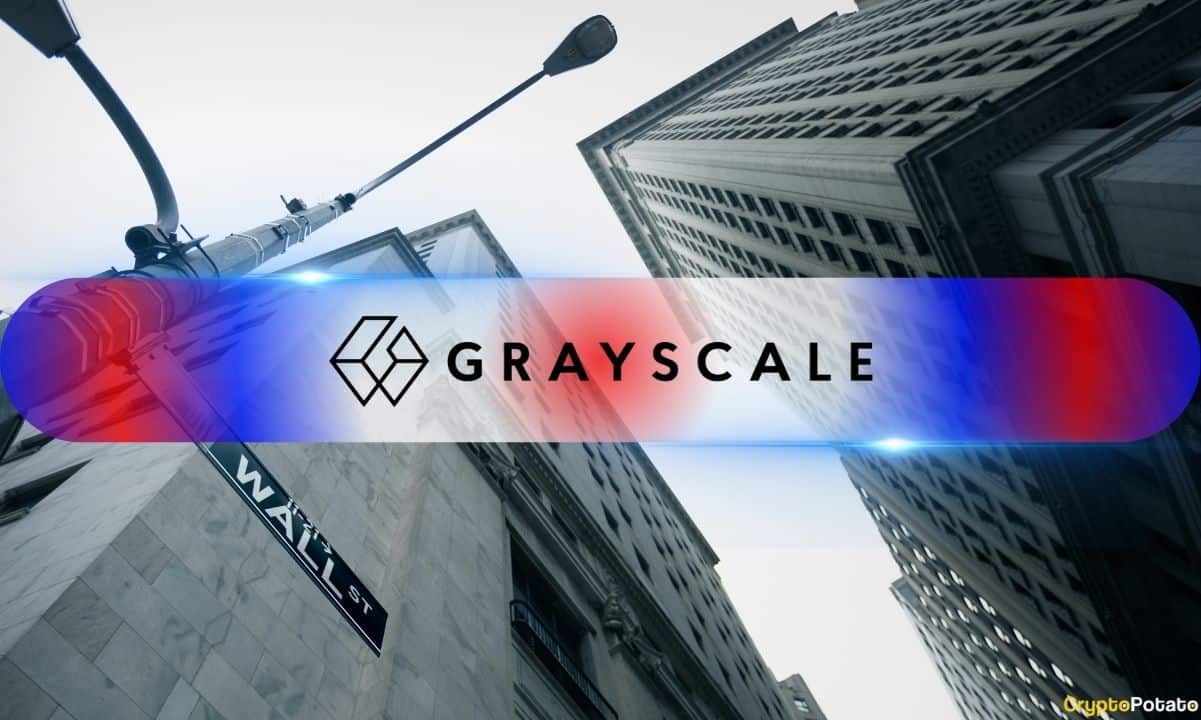
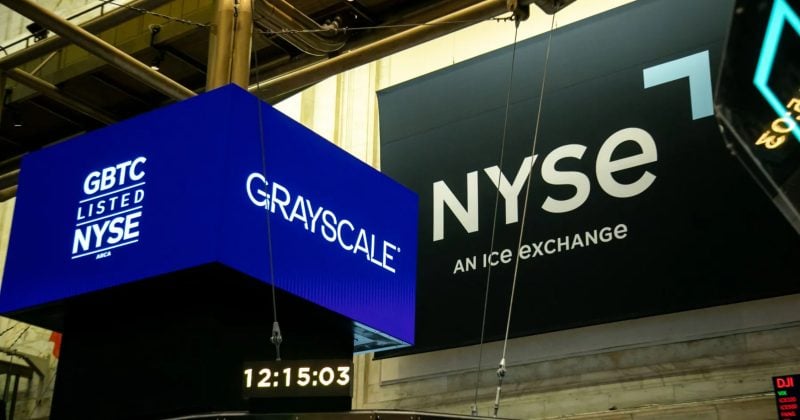
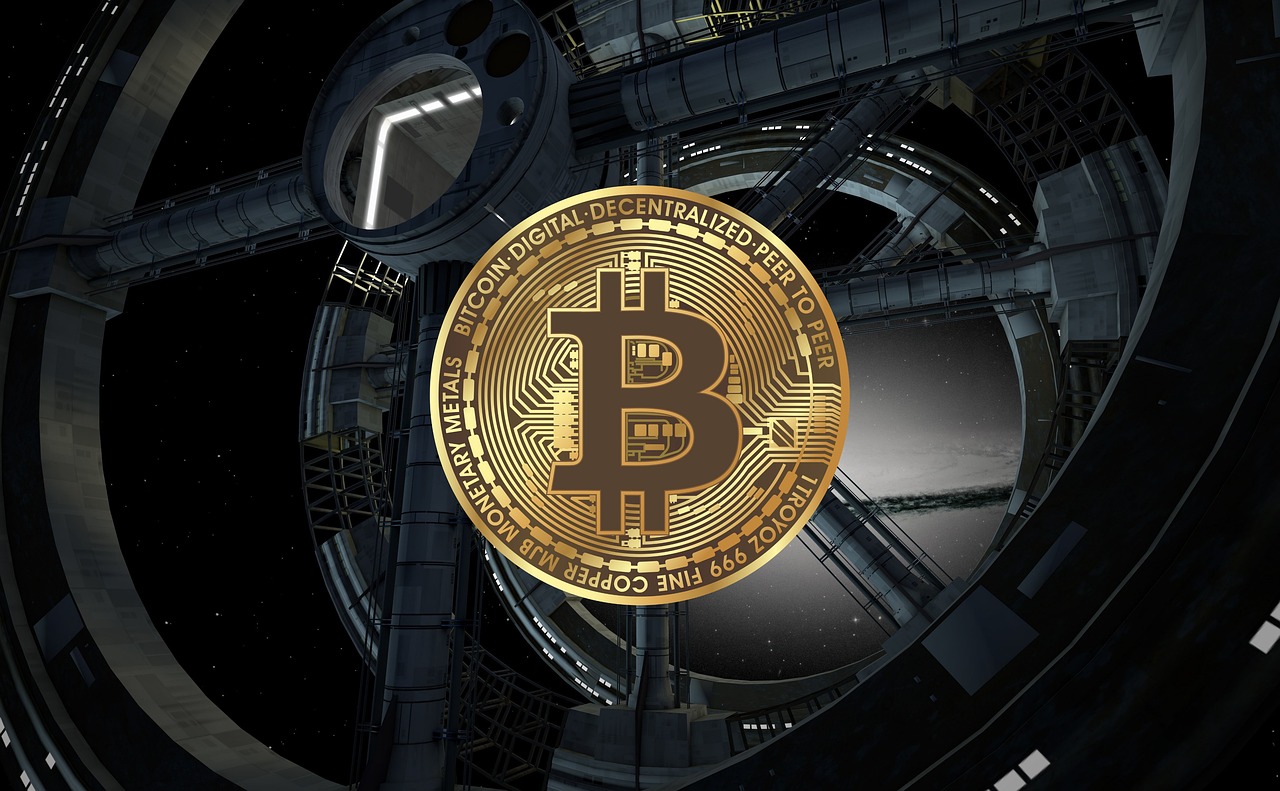


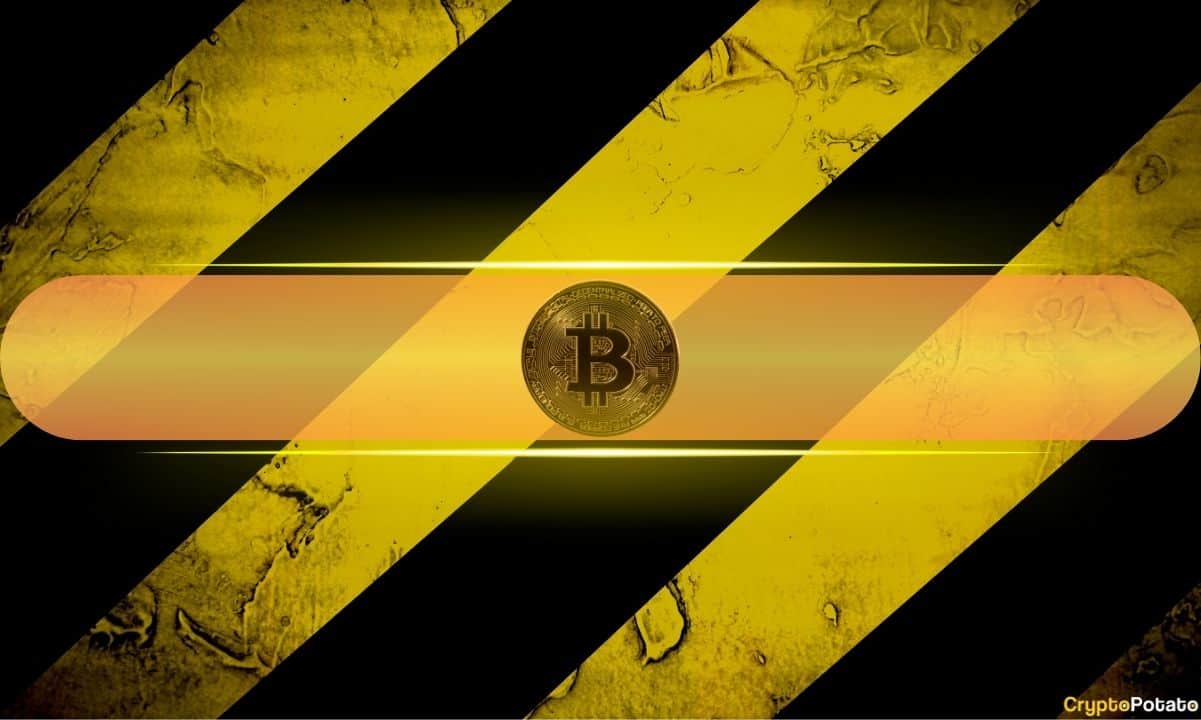






 English (US) ·
English (US) ·